Even as someone who genuinely likes Samsung phones, the company’s devices have a few recurring issues that get under my skin. While not bad enough to make me switch, they show up often enough to make me groan every time.
6
Too Much Bloatware
Almost every Android phone ships with a few pre-installed apps, but Samsung takes it to another level. Out of the box, Galaxy phones come packed with dozens of apps that you may never need or use.
It starts with Samsung’s own lineup of apps, like Samsung TV, Samsung Members, Smart Tutor, SmartThings, and the Wearable app. Then, because of the Microsoft partnership, you also get apps like Microsoft 365, LinkedIn, OneNote, and OneDrive on your phone from the start.
Put all this together, and even a brand-new Samsung phone can feel messy right out of the box. There are so many preloaded apps, and they don’t just sit there. They take up storage, drain your battery, and quietly eat up system resources in the background. The problem is even worse on budget Galaxy models, where storage and performance are already tight.
Sure, it’s not that hard to get rid of most of the pre-installed apps on your Samsung phone. But first impressions matter, and One UI doesn’t exactly make a great one.
5
Still No Support for Multiple User Profiles
One of the best functions Android phones have that iPhones still don’t is letting you set up multiple profiles or guest accounts. This essentially gives you separate spaces on the same device, like you’d have with multiple users on Windows or macOS. Each profile gets its own home screen, apps, accounts, and settings. It’s kind of like having two phones in one without the extra hardware.
This is super handy if you want a separate space for kids, or to keep work and personal matters apart. Although Samsung phones run on Android, they don’t support this feature for some reason. Strangely enough, the multi-profile option does show up on Samsung tablets.
On Samsung phones, the closest equivalent is Secure Folder. It lets you lock apps, photos, and other personal data behind a passcode, which is great for privacy. But it’s not functionally the same, as you can’t use it to create separate spaces for different users.
4
One UI vs. One UI Core Confusion
Even though all Samsung phones technically run One UI, the experience isn’t the same across every device. Flagship models like the Galaxy S series or the Z Fold and Flip get the full version of One UI, packed with all the features. But a lot of budget and mid-range Galaxy models come with a watered-down version called One UI Core.
The name “One UI Core” used to be a helpful way to tell you that you were getting a lighter, more limited version of the software. However, Samsung has quietly stopped labeling it that way. So now, two devices might both say they run One UI 6.1, but only one gives you the full experience.
The differences between One UI and One UI Core are hard to miss. For starters, phones with the Core version don’t have functions like Edge Panels or Edge Lighting. You also lose out on features like Link to Windows, Secure Folder, and support for Samsung’s Good Lock app. So if you’re using one of these devices, you’re missing out on a bunch of customization options, multitasking tools, and extra privacy features.
While it makes sense that lower-end phones would skip a few features, the confusing part is that Samsung doesn’t make this clear anymore. Unless you go digging through forums or watch detailed reviews, you probably won’t notice what’s missing until you buy a phone and try to use a feature that isn’t there.
3
Duplicate Apps
Samsung loads up its Galaxy phones with its own apps like Gallery, Phone, Contacts, Messages, and a bunch of others. And to be fair, some of them are quite good, with features you won’t find in Google’s versions. The problem is that Android already includes Google’s apps by default, so you end up with two apps for the same purpose.
On a Galaxy device, you get Samsung Internet and Chrome, Gallery and Google Photos, and then Samsung Messages and Google Messages. It’s not just a couple of apps; it’s a whole list. Sure, having options can be nice, but the real issue is that you can’t simply clean this up by picking what you want.
If you’re into Samsung’s apps, then it’s not a big deal since most of the Google ones can be uninstalled. But if you prefer sticking with Google’s ecosystem, you’re out of luck. One UI won’t let you remove many of the Samsung apps, like Gallery, My Files, Phone, Contacts, and the Galaxy Store.
So even if you never plan on using Samsung Internet or Samsung Messages, they’ll stay there, and you can’t delete them. You can hide them if you want, but you won’t get back the storage they’re taking up.
2
Annoying Ads Everywhere (Even on Flagship Models)
If you’ve ever used a Samsung phone, you probably know how often ads show up. They’re not just hiding in random corners of the interface. You’ll see them right on the lock screen, in your notifications, or even inside Samsung’s default apps. And it can get annoying, fast.
Ads aren’t unusual on budget phones where companies have to cut corners, but Samsung doesn’t stop there. Even high-end devices like the Galaxy S25 Ultra or the Fold 6—phones that cost well over a thousand dollars—still come loaded with ads.
What makes it even more frustrating is that there’s no simple, one-tap way to turn all the ads off. You have to dig through settings, tweak permissions, and manually disable app notifications to get rid of ads on Samsung phones.
Even after all that, some ads still manage to sneak through. For anyone coming from an iPhone or even a Pixel, both of which offer a clean, ad-free experience, this can be a total deal-breaker.
1
Charging Speeds That Lag Behind the Competition
Most Samsung phones provide great bang for your buck, with top-notch displays, solid performance, and premium build quality. But when it comes to charging speed, Samsung still lags behind a lot of other Android brands.
While brands like Motorola, Oppo, and OnePlus are pushing fast charging speeds to 68W, 80W, and even 100W, Samsung has barely moved on this. Even its latest flagship, the Galaxy S25 Ultra, maxes out at just 45W. That might have sounded impressive a few years ago, but in 2025, it’s just not enough to keep up.
In everyday use, this means charging your phone feels slower. A full charge can still take more than an hour, while phones from other brands can go from empty to 100 percent in less time. It gets even more frustrating with phones like the Galaxy S25 Edge, which has just a 3,900mAh battery despite its big 6.7-inch display. With a battery that small, faster charging could have at least made up for the more frequent top-ups.
Samsung phones still rank among the top choices for anyone looking to buy a smartphone. But even the most loyal fans can’t ignore the recurring headaches that come with them. Hopefully, future models will iron out these kinks. Until then, we’ll just have to rely on workarounds to make the experience as good as it should be.


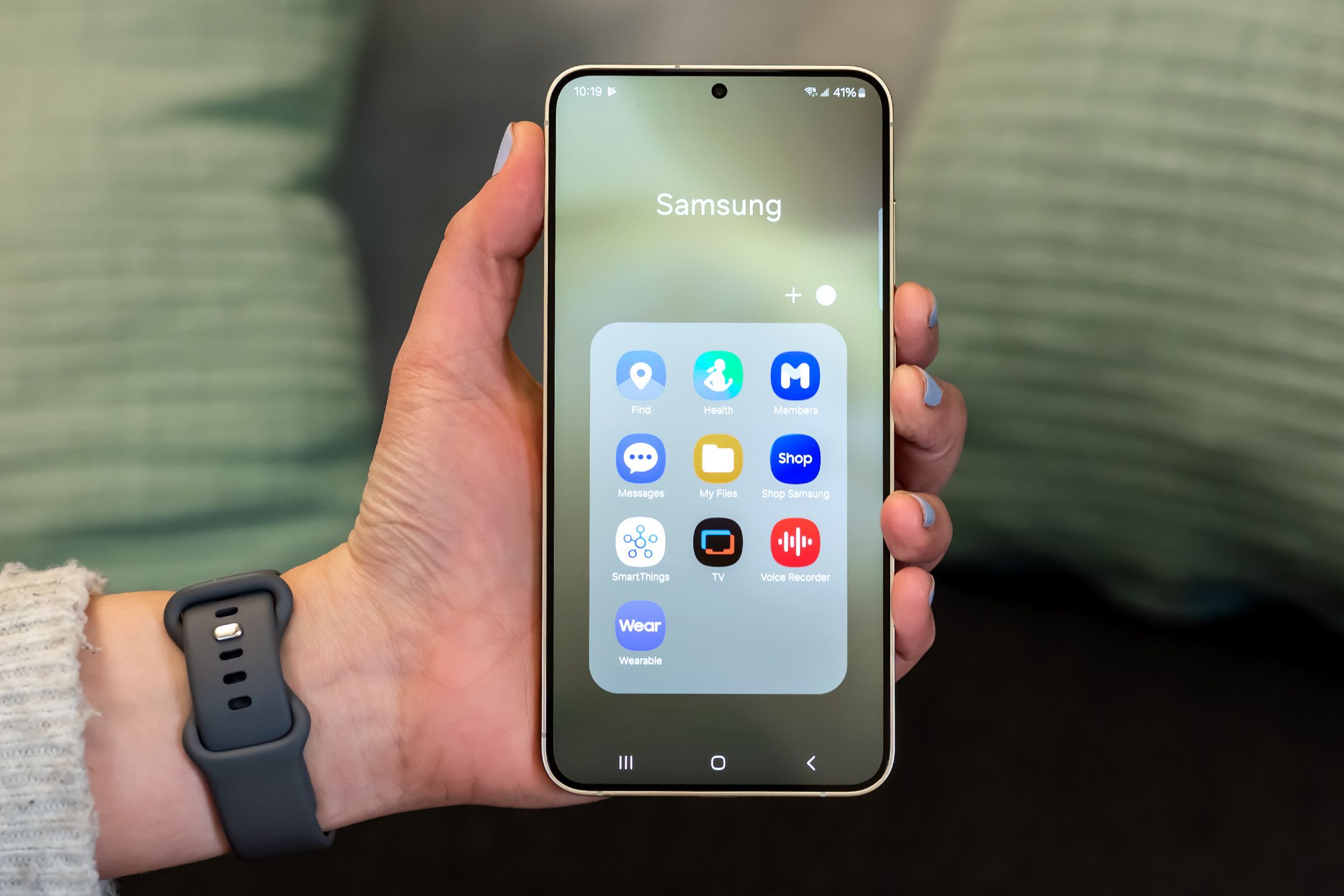
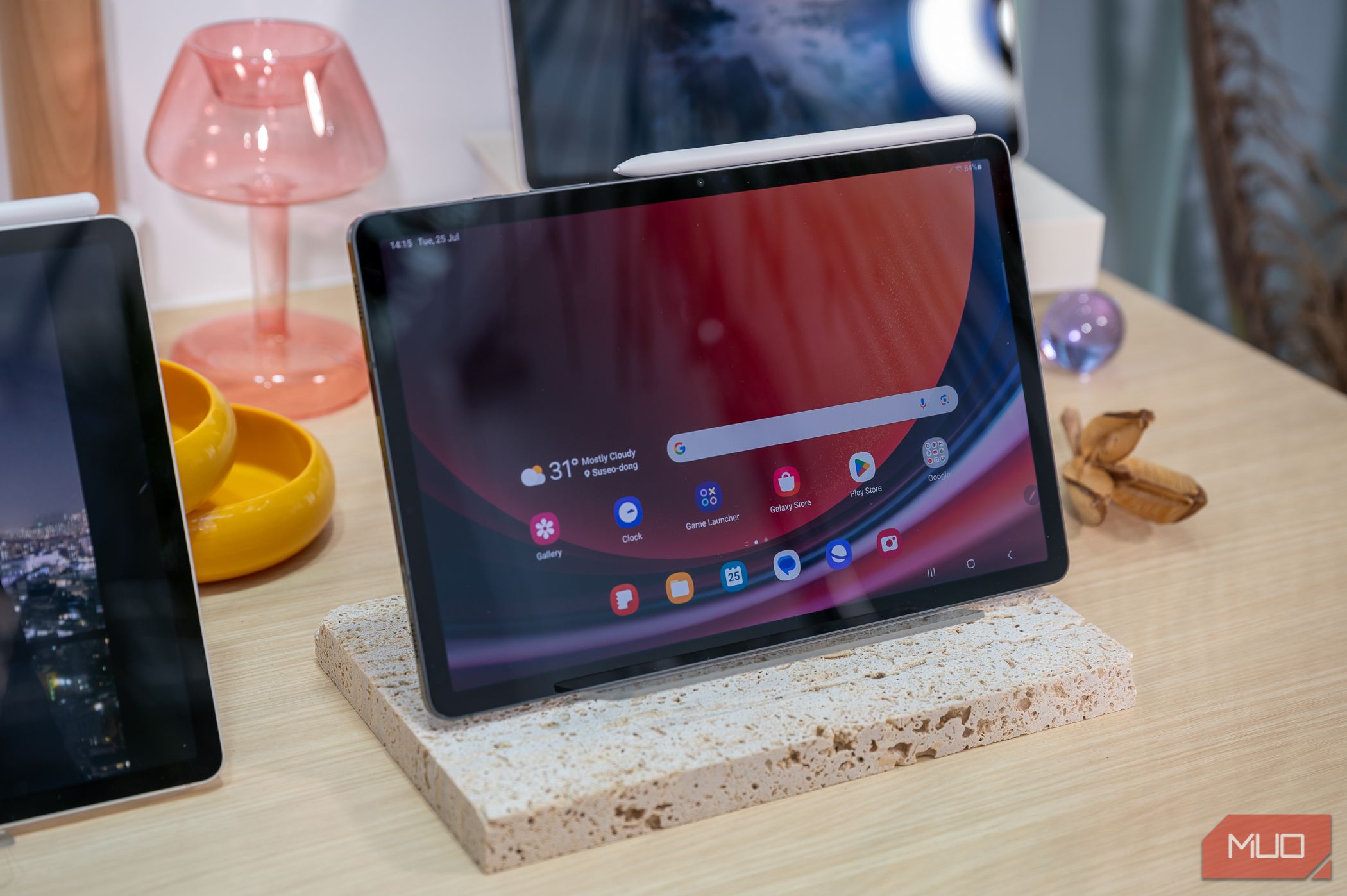
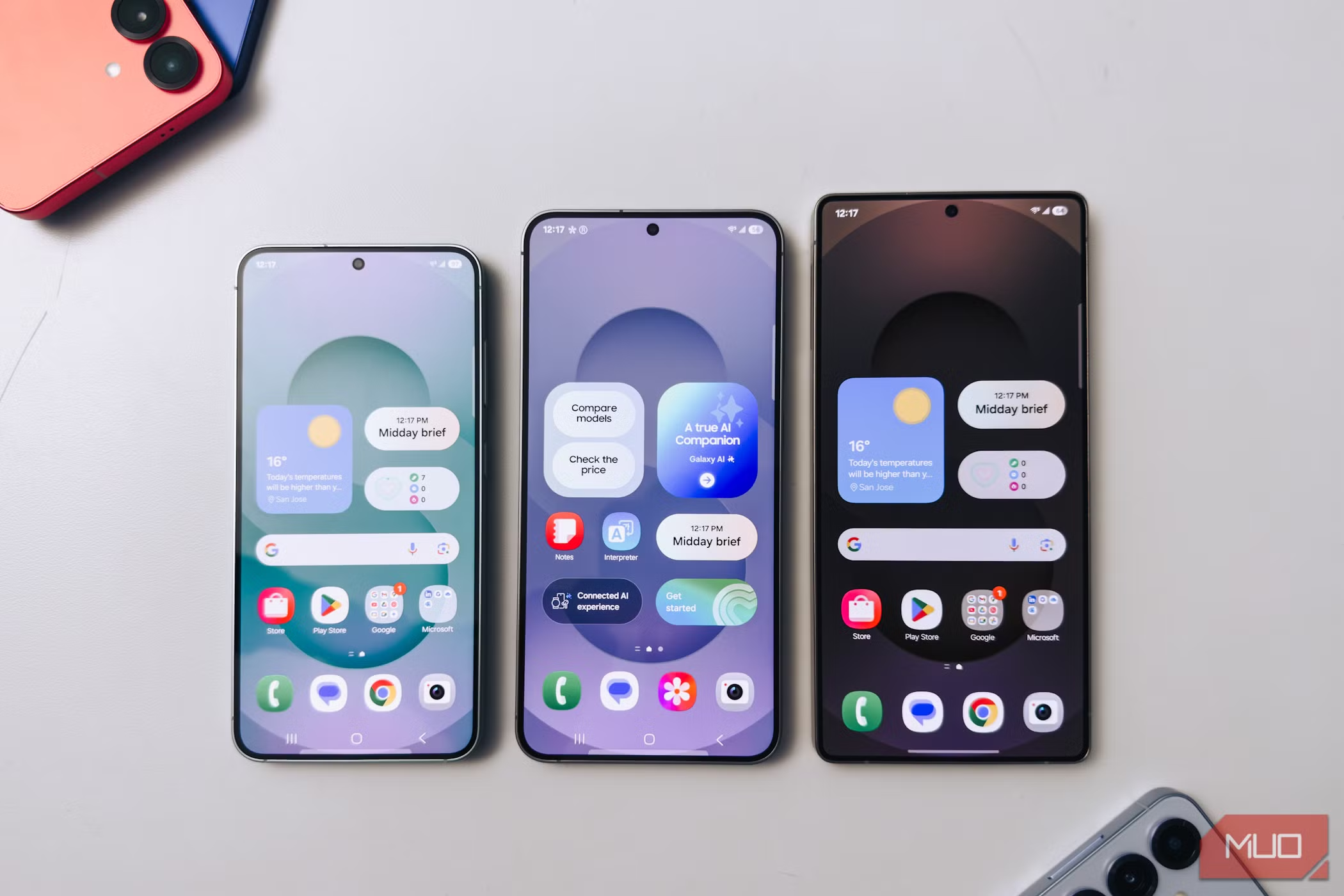
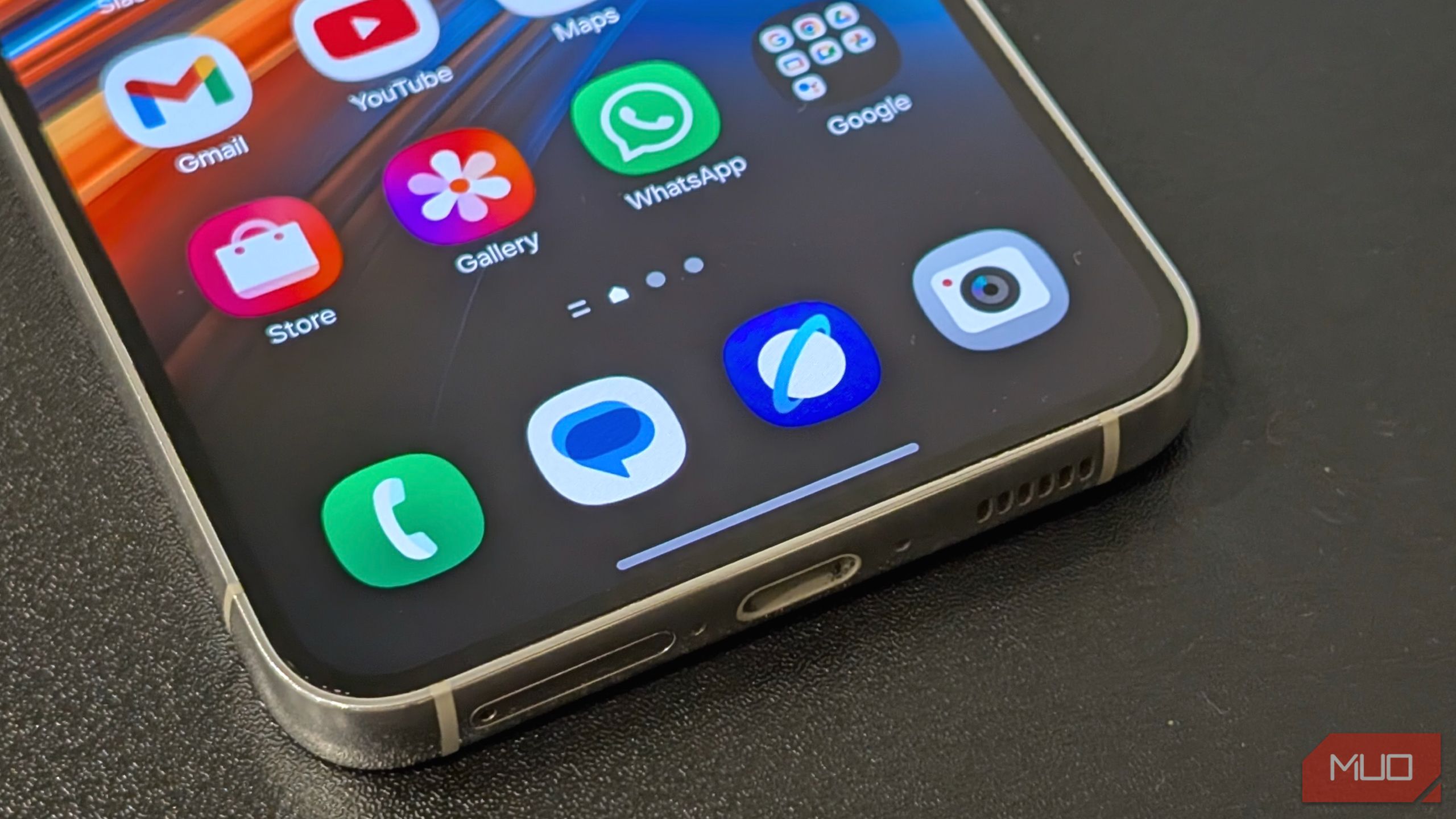
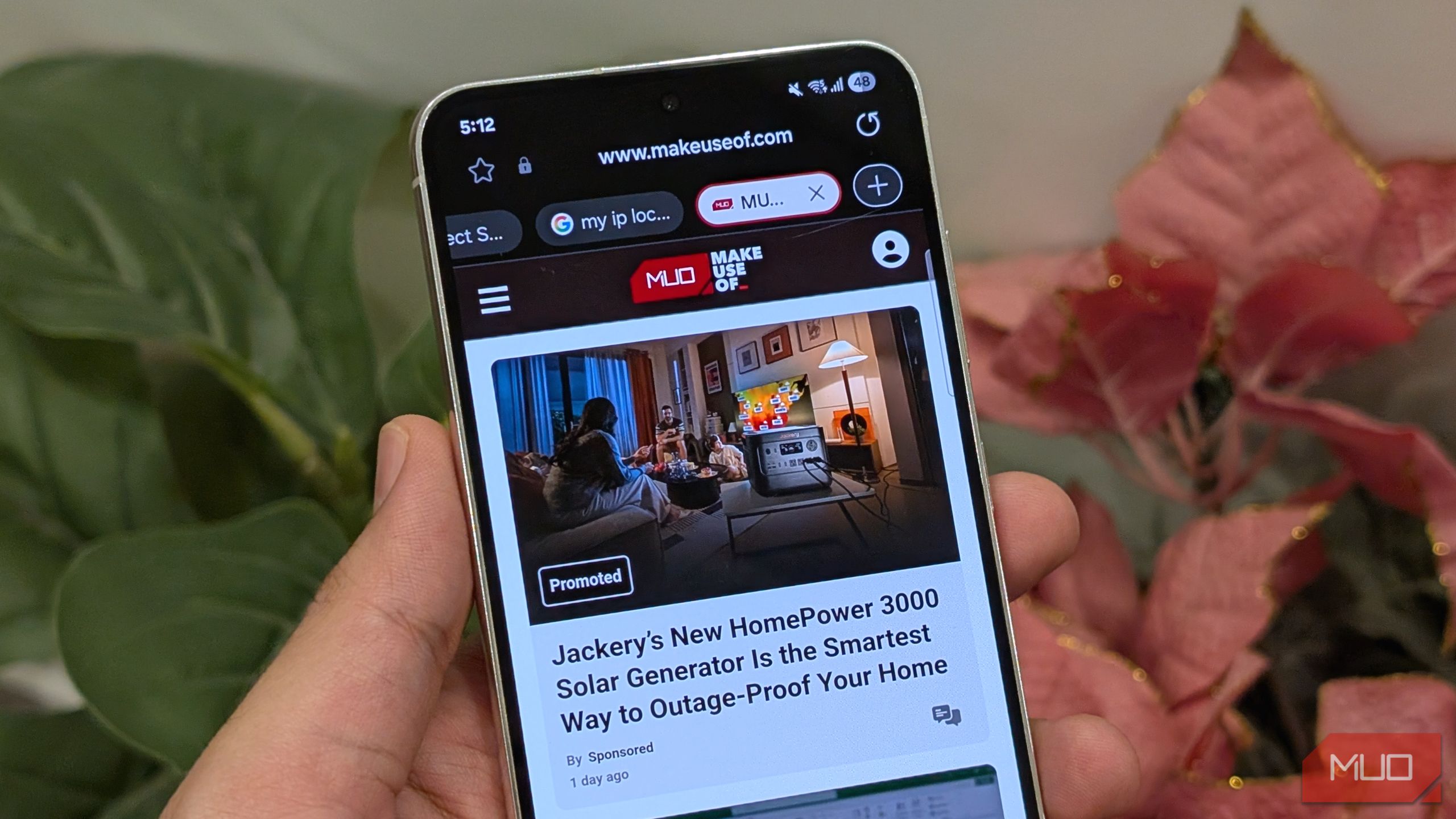
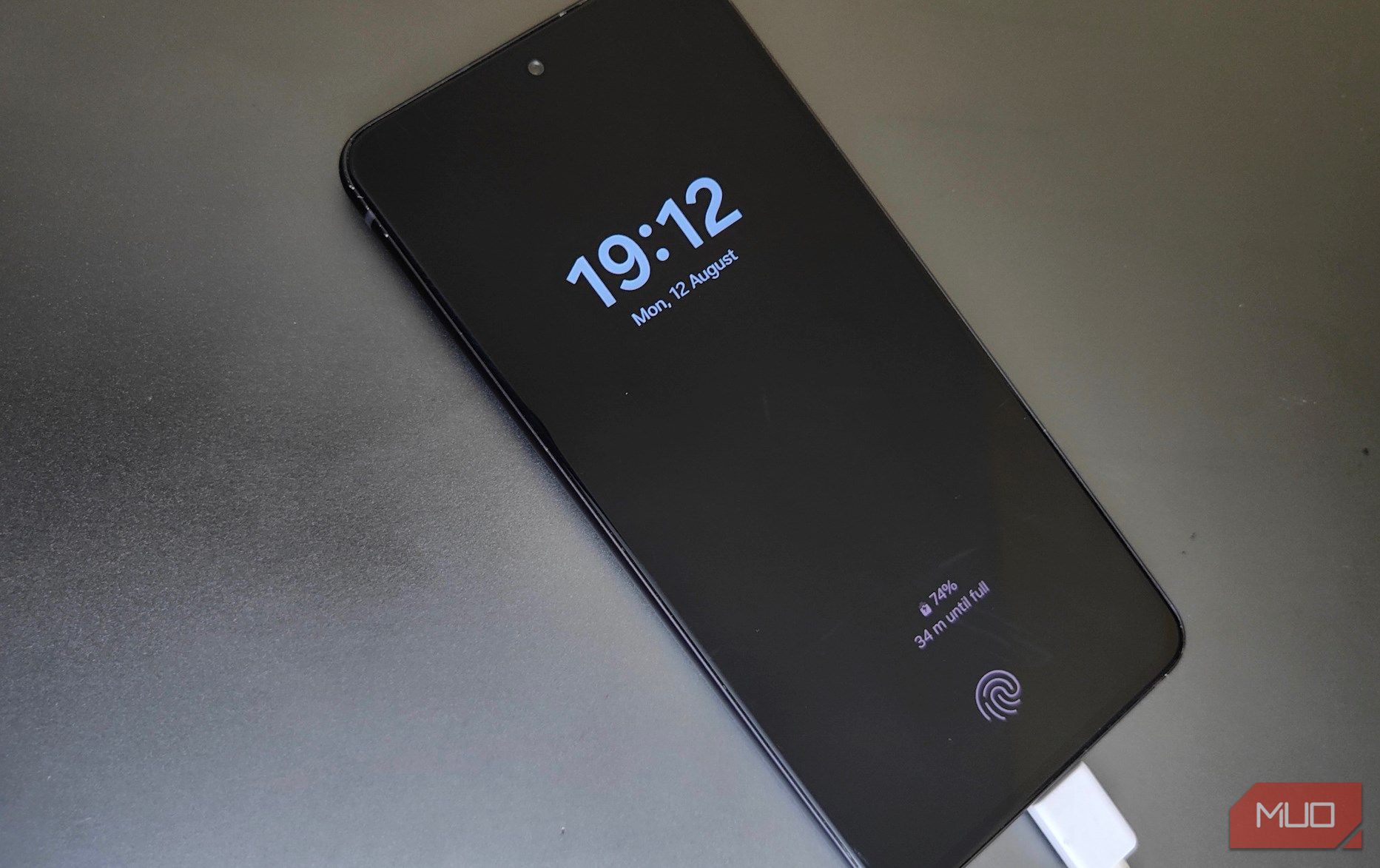





Leave a Comment
Your email address will not be published. Required fields are marked *